Multi-Material Injection Molding Services
Frigate’s Multi-Material Injection Molding integrates multiple materials in a single process. This method enhances part functionality, design flexibility, and overall performance.
Our Clients


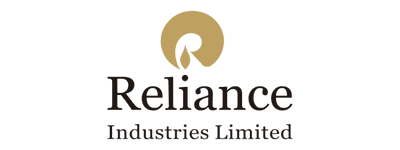
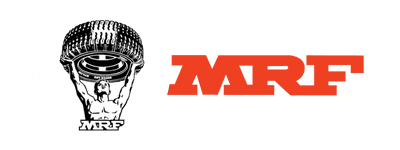







Advantages of Multi-Material Injection Molding Services
Enhanced Aesthetics
Multi-Material Injection Molding enables the creation of visually appealing parts with different textures, colors, and finishes in one step.
Weight Reduction
This process can reduce overall part weight by combining lightweight materials with stronger, rigid ones for efficient performance.
Tighter Tolerances
This molding technique allows for precise control over material placement, leading to parts with tighter tolerances and better overall quality.
Increased Product Life Cycle
Multi-Material Injection Molding allows for the integration of materials with varying resistance properties, increasing the lifespan of the final product.
Advanced Custom Multi-Material Injection Molding Solutions
Managing complex assemblies and high production costs can be challenging. Custom Multi-Material Injection Molding solves this by combining multiple materials in a single mold. This eliminates secondary assembly, improving efficiency and reducing costs. It also minimizes material waste. Precise control over material placement results in durable, high-performance components. The ability to integrate different materials offers greater design flexibility. This process is ideal for automotive, aerospace, and electronics applications, ensuring improved product quality and reduced production time.

Get Your Quote Now
- Instant Quotation
- On-Time Delivery
- Affordable Cost
Our Multi-Material Injection Molding Process
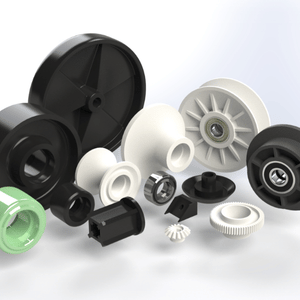
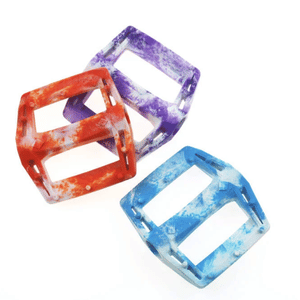
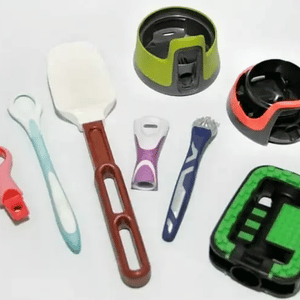

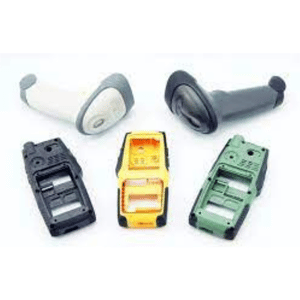
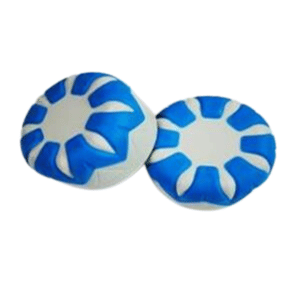
Choose two or more compatible materials based on the desired properties, such as strength, flexibility, or thermal resistance.
Design specialized molds with multiple cavities or injection points to accommodate different materials in a single cycle.
Inject the first material into the mold to form the part's base layer or structural component.
If necessary, the mold shifts or rotates to position the part to inject additional materials.
Inject the second material into the mold, bonding it with the primary material to create a multi-material structure.
Allow the part to cool and solidify, then eject the finished component with multiple integrated materials for enhanced performance.
Multi-Material Injection Molding Materials
Multi-material injection molding enables the creation of complex, high-performance components. We optimize design flexibility, enhancing functionality across diverse industrial applications.
Known for impact resistance and optical clarity, PC is used with elastomers or plastics to create tough, high-performance parts for automotive and electronics.
A lightweight, chemically resistant thermoplastic, PP is combined with other materials to create flexible, durable parts for automotive interiors and packaging.
ABS offers high rigidity and impact resistance. It is commonly paired with TPE for ergonomic parts like automotive controls or consumer electronics.
LSR provides high flexibility and heat stability. It is often combined with thermoplastics to create soft, durable components in medical devices and automotive gaskets.
Known for strength and wear resistance, nylon is used with elastomers or TPUs in parts requiring chemical resistance and high-impact performance.
PEEK is a high-strength, heat-resistant plastic used in aerospace, automotive, and medical applications. It is often combined with other materials for specialized functions.
PA offers high tensile strength and dimensional stability. It is often used in demanding environments, such as automotive engine components and industrial machinery.
PU’s flexibility allows it to be molded into rigid and elastomeric parts, making it ideal for seals, automotive components, and medical devices.
Glass-filled thermoplastics like PA or PP provide increased stiffness, heat resistance, and dimensional stability, and they are commonly used in automotive and aerospace components.
Carbon Fiber Reinforced Plastics (CFRP) offer high strength-to-weight ratios and thermal conductivity. They are used in lightweight, high-performance aerospace, automotive, and sports equipment parts.
Ensuring Reliable Material Bonding for Complex Multi-Material Molds
Ensuring strong adhesion between materials is crucial in multi-material injection molding. Frigate addresses this by selecting compatible materials that bond effectively under controlled processing conditions. Advanced bonding techniques enhance the strength of the interface between layers, ensuring durability and performance in demanding applications. Rigorous stress and fatigue testing methods confirm the bond’s integrity. These steps minimize the risk of delamination or failure, ensuring parts meet reliability standards.
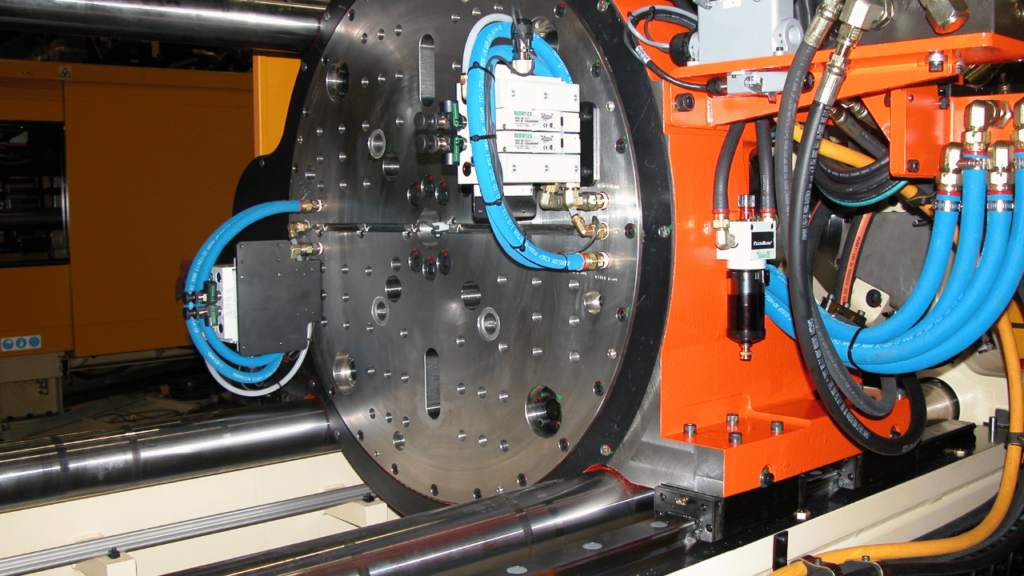
Compliance for Multi-Material Injection Molding Services
Multi-material injection molding demands compliance with rigorous standards to ensure precision and reliability across diverse material combinations. Frigate adheres to industry-specific regulations, ensuring parts are manufactured precisely, meeting exacting specifications, and guaranteeing performance across various applications. This ensures all products are safe, durable, and function seamlessly in their respective environments.
Quality management system that ensures consistent processes and continuous product and service delivery improvement.
Restricts hazardous substances in electrical and electronic equipment, ensuring safety and environmental compliance in the automotive and electronics sectors.
Ensures materials used in medical and food-related applications are safe for contact with consumables and drugs.
Certification for materials with a flammability rating, crucial for electrical components requiring fire-resistant properties.
Evaluates the biocompatibility of materials, particularly for medical devices, ensuring safety in human contact.
Regulates chemicals within the EU, ensuring that materials used are safe and not harmful to health.
Ensures the strength and integrity of multi-material injection molded parts, validating their durability for high-performance applications.
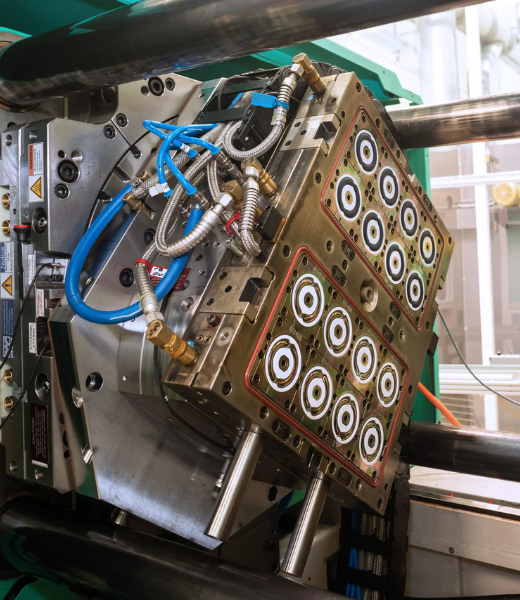
Tolerance for Multi-Material Injection Molding Services
Variations in part size due to material shrinkage during cooling and solidification.
Deviation from the intended dimensions caused by uneven cooling or material flow.
Minimum bend radius for molded parts, ensuring material integrity and strength.
Precision in the placement of internal features within multi-material assemblies.
Accuracy in the placement of gates, crucial for controlling material flow in multi-material molding.
Deformation in the part caused by uneven cooling or material properties.
Control over material thickness change when transitioning between two materials in the mold.
Temperature variations in the mold affecting material flow and bonding efficiency.
Ensures uniform flow of materials during molding for consistent multi-material integration.
The strength of the bond between two different materials, ensuring proper adhesion without delamination.
Surface smoothness at the interface between materials, affecting adhesion and part aesthetics.

Quality Testing Standards for Multi-Material Injection Molding Services
Monitors the melt temperature of materials to ensure optimal flow and bonding during injection.
Monitors and controls injection pressure during molding to ensure uniform material flow and fill.
Assesses the consistency of material flow into the mold cavity, optimizing cycle time and material usage.
Measures the rate at which materials cool in the mold, affecting part quality and cycle time.
Predicts shrinkage based on material and mold design to achieve final part dimensions with precision.
Measures the hardness at the interface between materials to determine bonding strength at microscopic levels.
Determines the point at which polymers transition from a liquid to a solid state during cooling.
Simulates material flow through the mold cavity to optimize gate placement, material choice, and part design.
Assesses the viscosity of materials during processing to predict flow behavior and optimize molding conditions.
Analyzes and optimizes cycle time by monitoring process variables to reduce defects and improve efficiency.
Monitors uniformity in temperature distribution within the mold to prevent material degradation or warpage.
Measures the material's stiffness and elastic response under various deformation conditions to assess performance in service.
Preventing Material Delamination in Automotive Components
Multi-material injection molding enables the integration of different materials, such as rigid plastics and flexible elastomers, into a single part. This process ensures strong material bonding and precise dimensional accuracy, eliminating the need for secondary assembly. By optimizing performance, reducing production time, and lowering costs, multi-material molding improves the efficiency of automotive component manufacturing. This approach is ideal for producing lightweight, high-performance parts that meet the strict requirements of the automotive industry.






Industries We Serve
- Solid Progress
What You Gain with Us
We make your profitability and operations easier with practical approach.
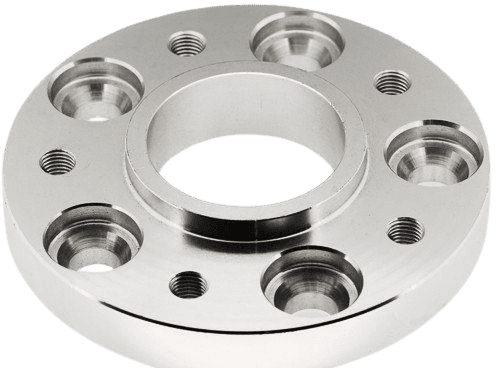

↓ 7-8%
OPS COST
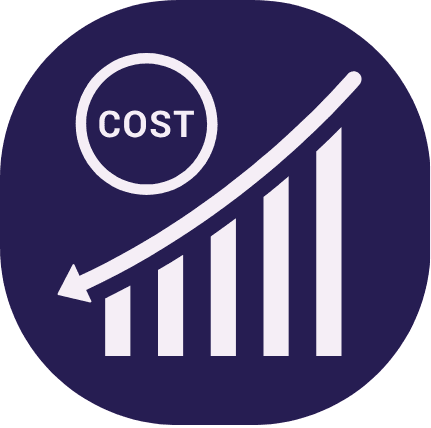
↓ 2-3%
COGM

3X
Aggregation
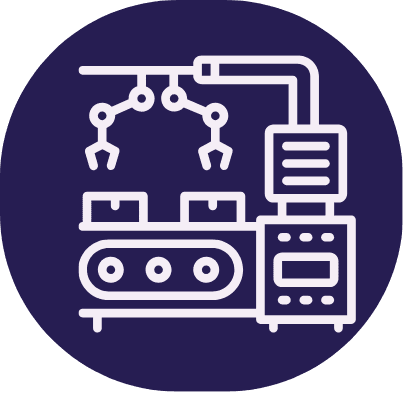
↑ 25%
Machinery Utilisation

↓ 50%
Expedition

↑ 30%
Frigater Revenue
Optimizing Cooling Processes for Consistent Dimensional Stability
Managing the cooling process in multi-material injection molding requires precise temperature control. Frigate uses specialized cooling channels to optimize the cooling for each material. Advanced thermal simulations predict and control the cooling rate for different materials. This ensures uniform cooling across the part, maintaining dimensional stability. Adjusting cooling rates minimizes warping and cracking. Advanced monitoring systems ensure consistent quality in high-performance applications like aerospace and automotive components.

Check Out Our Blogs
What Our Customers Say about Frigate

21%
Faster Manufacturing



Having Doubts? Our FAQ
Check all our Frequently Asked Question
Multi-material injection molding combines materials with different properties, enhancing strength, flexibility, and heat resistance components. This process ensures optimal performance in demanding environments, like automotive or aerospace applications, by integrating rigid and flexible materials in specific areas of the part.
This technique reduces production costs by eliminating secondary assembly processes and minimizing the need for additional tooling. It also minimizes material waste by efficiently using multiple materials in one molding cycle, making it ideal for high-volume production with complex design requirements.
Using precise mold designs and advanced injection technologies, multi-material molding ensures tight dimensional control. This allows for high-accuracy parts, which are critical for industries where precision is essential, such as medical devices or electronics.
Choosing the right materials requires careful consideration of compatibility, bonding strength, and thermal expansion rates. Mismatched materials can cause delamination or poor bonding, affecting the part's overall performance and durability, especially in high-stress applications.
Although multi-material molding consolidates production steps, initial tooling setup can require more time. Once established, however, the process significantly reduces overall lead times by combining multiple functions and materials in a single molding cycle, improving efficiency in large-scale manufacturing.
We'd love to Manufacture for you!
Submit the form below and our representative will be in touch shortly.
LOCATIONS
Global Sales Office
818, Preakness lane, Coppell, Texas, USA – 75019
Registered Office
23, 6th West Street, Balaji Nagar, Kattur, Pappakuruchi, Tiruchirappalli-620019, Tamil Nadu, India.
Operations Office
9/1, Poonthottam Nagar, Ramanandha Nagar, Saravanampatti, Coimbatore-641035, Tamil Nadu, India. ㅤ

